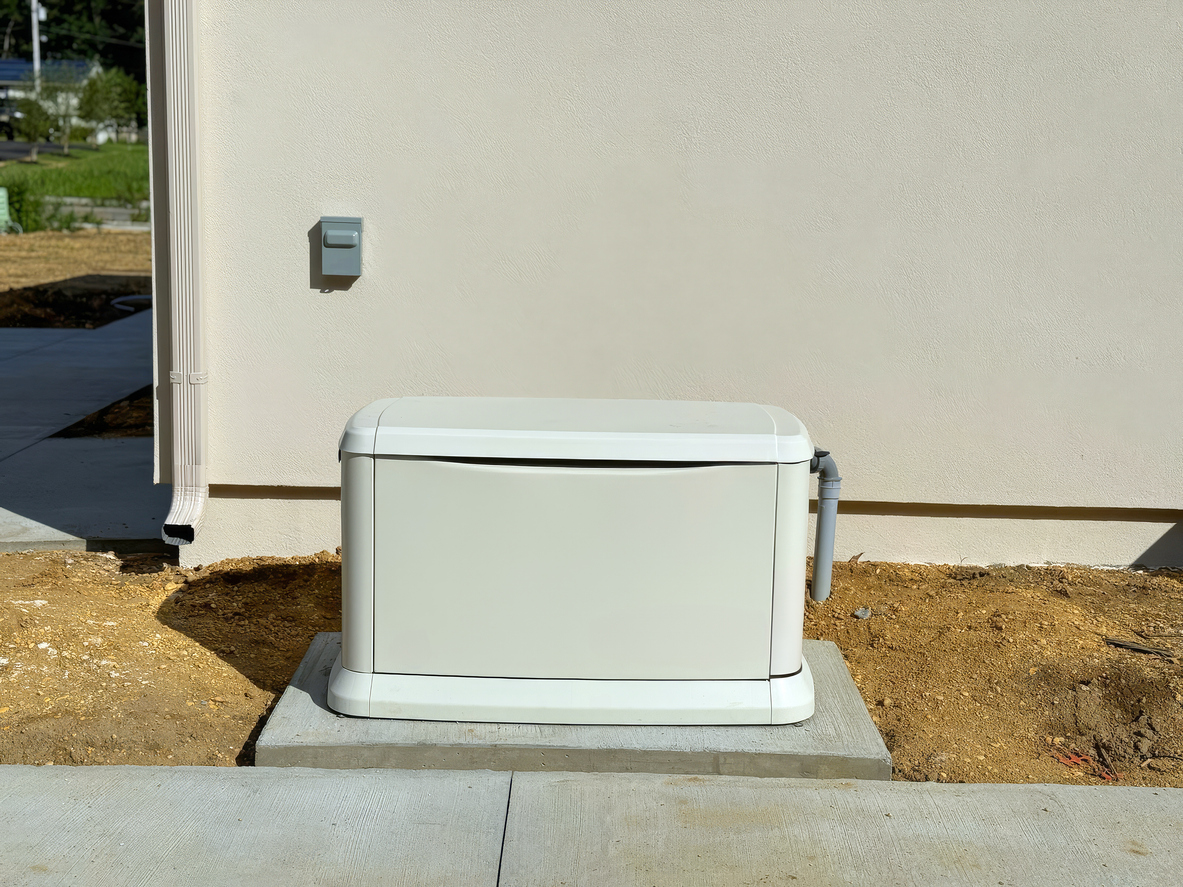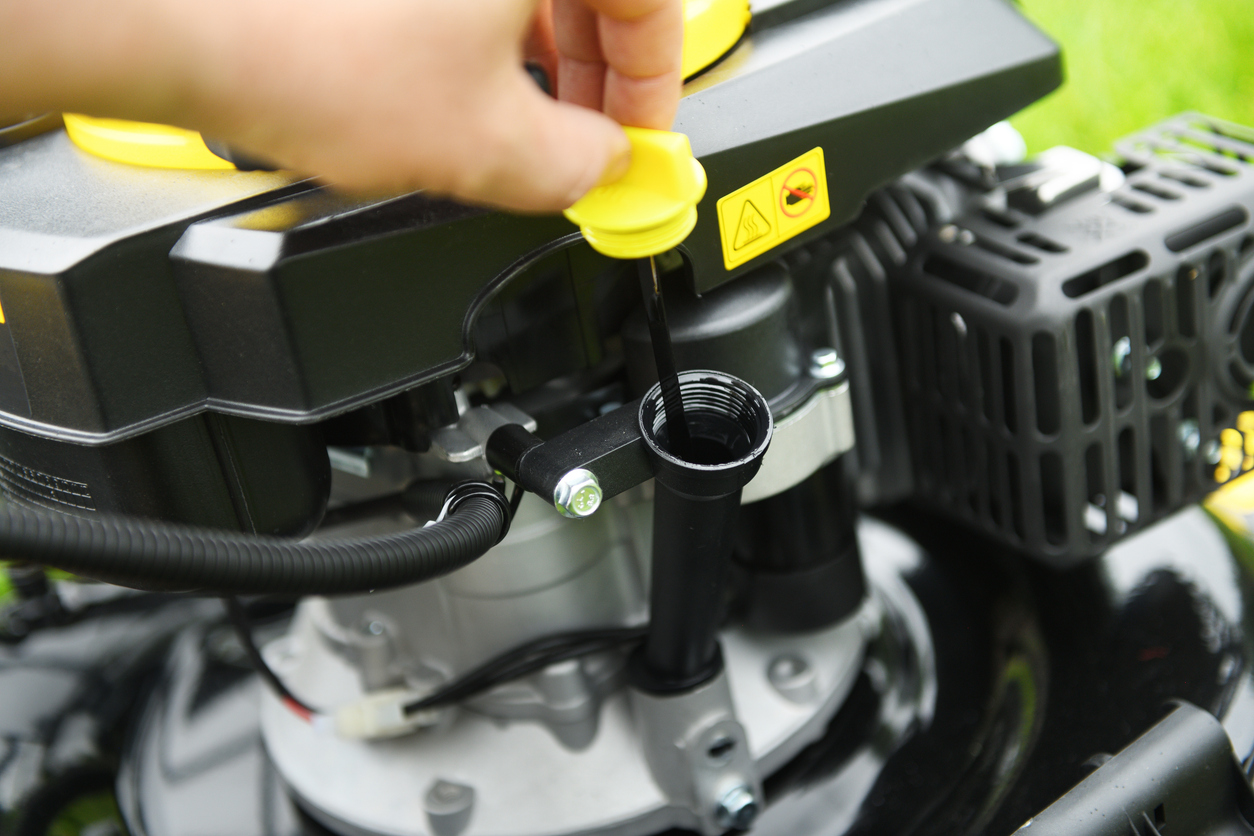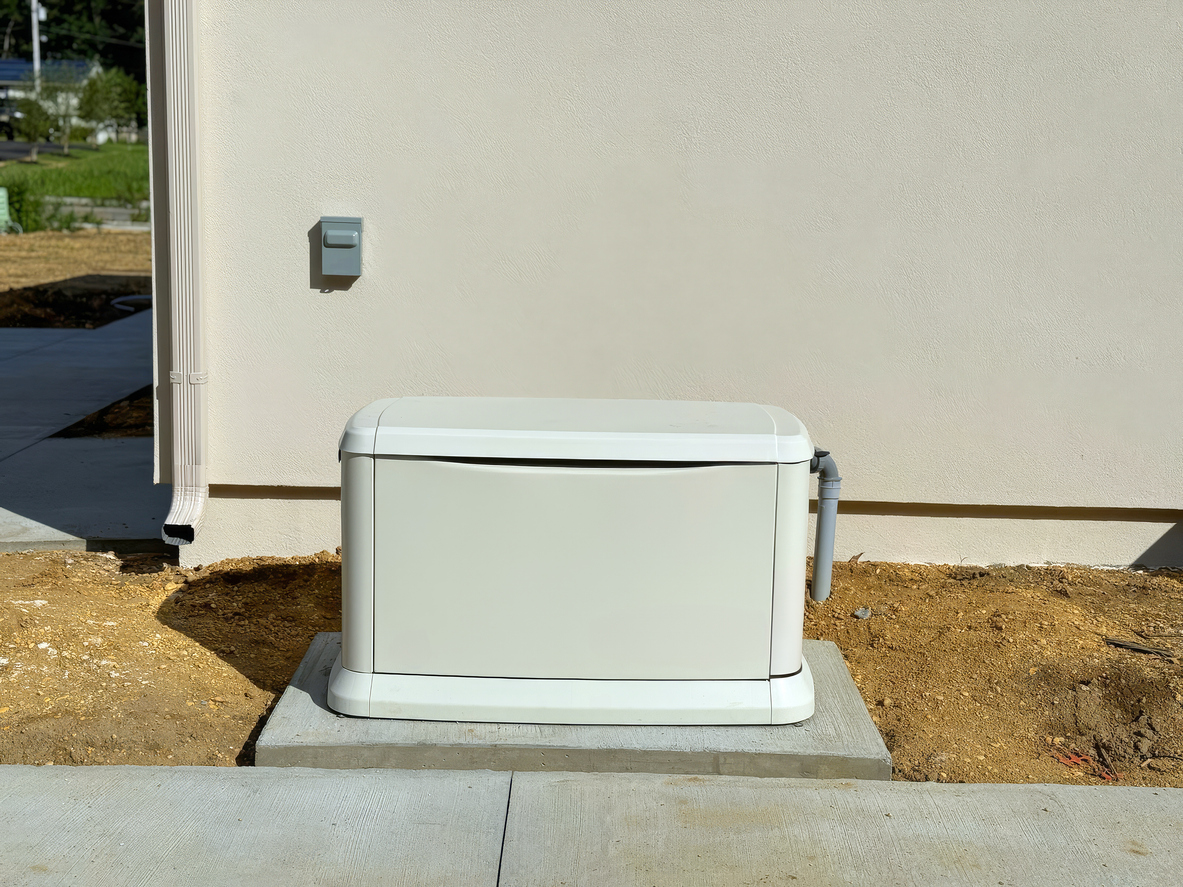How Often Does a Generac Test Itself?

When you invest in a standby generator, you want to know it’ll fire up when you need it most. That’s where self-testing comes in. A Generac generator runs automatic self-tests to make sure everything’s in working order, kind of like giving itself a quick health check. This test happens on a regular schedule, without you having to lift a finger.
Think of it like starting your truck once a week to make sure the battery’s good. Same idea here—except your generator’s doing it on its own. In this article, we’ll break down how often a Generac tests itself, how the process works, and why it matters for keeping your home powered up when the grid goes down.
If you’re thinking about getting a standby generator for your home, we’ve got you covered. Schedule an Estimate today, and we’ll help you find the right fit.
What Is a Generac Self-Test?
A Generac self-test, also called “exercise mode,” is when the generator starts up automatically to make sure it’s ready to go when you need it. It’s like giving the engine a little workout to keep things running smooth. This test checks the engine, battery, and electrical system to spot any issues before an outage hits.
During the self-test, the generator runs for a set amount of time—usually about 5 to 15 minutes. Some models run the test without a load, meaning it’s just the engine running. Others can run with a load, simulating a real power outage to make sure the system handles the demand.
The self-test doesn’t require you to do anything. It’s all automatic. You’ll hear the generator kick on at the scheduled time, and then it’ll shut itself off when the test is done. If something’s wrong, it’ll show an alert on the control panel, so you know to get it checked out.
Bottom line: the self-test is your generator’s way of saying, “I’m good to go.”
How Often Does a Generac Generator Test Itself?
By default, most Generac generators are set to run a self-test once a week. This is the factory setting because weekly tests help catch issues early, making sure the generator is always ready when you need it.
However, you’re not stuck with that schedule. You can adjust the self-test frequency to bi-weekly (every two weeks) or even monthly, depending on your preference. Some folks prefer less frequent tests to cut down on fuel use or noise, especially if they live in quieter areas.
Changing the schedule is simple and can be done right from the control panel. But from years of experience, I can tell you—weekly tests are the safest bet. They give you peace of mind, especially in areas prone to storms or power outages.
How Long Does the Self-Test Last?
A Generac generator’s self-test usually lasts about 5 to 15 minutes, depending on the model and settings. The default is often around 12 minutes. This is just enough time to run the engine, check the battery, and make sure the electrical system is working like it should.
There are two types of self-tests:
- No-Load Test: The generator runs without powering your home. It’s quieter and uses less fuel. This is the most common setting.
- Load Test: The generator simulates a real power outage by actually carrying a load. This gives a better picture of how it’ll perform during an actual outage, but it uses more fuel and makes more noise.
Most homeowners stick with the no-load test since it’s less intrusive. But if you want that extra peace of mind, a load test can be set up.
The key thing to know is that the test is quick, automatic, and designed to catch problems early—before you find out the hard way.
Can You Change the Self-Test Schedule?
Yes, you can change how often your Generac generator runs its self-test. The default is weekly, but you can switch it to bi-weekly or monthly if that works better for you.
Here’s how to adjust it:
- Use the Control Panel: Most Generac models have an easy-to-use control panel. You’ll find a setting for “exercise time” or “self-test schedule.”
- Follow the Prompts: The screen will guide you through the steps. You can choose the day, time, and frequency.
- Save Your Settings: Once you’ve made your changes, the generator will follow the new schedule automatically.
If you’re not sure how to do it, the owner’s manual has step-by-step instructions. Or you can have a technician adjust it during routine maintenance.
Pro Tip: I recommend sticking with weekly tests, especially if you live in an area with frequent outages. It’s the best way to catch problems early. But if noise or fuel use is a concern, monthly tests are still better than none.
Why Regular Self-Testing Is Important
Regular self-testing isn’t just a fancy feature—it’s what keeps your Generac generator ready to go when the power cuts out. Here’s why it matters:
- Catches Problems Early: The self-test helps spot issues like a weak battery, fuel problems, or system errors before they turn into bigger headaches. You don’t want to find out your generator’s got a problem in the middle of a blackout.
- Keeps the Engine Healthy: Just like starting a car that’s been sitting for a while, running the generator keeps the engine parts lubricated and prevents fuel from going stale.
- Ensures Battery Readiness: Generators rely on batteries to start. Regular self-tests check the battery’s health so you’re not left with a dead starter when you need power the most.
- Peace of Mind: You’ll hear the generator kick on during its test, which is a good sign everything’s working as it should. No guesswork involved.
In my experience, the folks who skip regular self-tests are usually the ones calling during a storm because their generator won’t start. A few minutes of self-testing each week can save you a whole lot of trouble when it really counts.
Troubleshooting Self-Test Issues
If your Generac generator isn’t running its self-test, don’t panic. There are a few common issues that could be causing the problem. Here’s what to check:
- Check the Control Panel:
Look for any warning lights or error codes. Generac generators will display an alert if something’s wrong, like a battery issue or a maintenance reminder. - Verify the Exercise Schedule:
Sometimes the self-test schedule gets changed accidentally, especially after a power outage or service. Go into the control panel settings to confirm it’s still set up correctly. - Inspect the Battery:
A weak or dead battery is one of the most common reasons a generator won’t start its self-test. Check for corrosion on the terminals and make sure the battery isn’t more than a few years old. - Check the Breakers:
Make sure the generator’s main breaker and any control panel breakers are in the ON position. If a breaker has tripped, reset it and see if the self-test runs. - Look for Loose Connections:
Inspect the wiring around the control panel and battery. Loose or corroded connections can stop the generator from running its test. - Low Fuel or Fuel Issues:
For generators that run on propane or natural gas, low fuel pressure or a closed gas valve can prevent startup. Make sure the fuel supply is good and valves are open.
When to Call a Pro:
If you’ve checked all the basics and it’s still not running the self-test, it’s time to call a technician. There could be an issue with the starter, control board, or other internal components that need professional attention.
I’ve seen generators sit quietly for years without self-testing, only to fail when they’re needed most. Regular checks and quick troubleshooting go a long way in keeping your generator reliable.




